Everyone, are you familiar with Japan’s three greatest vengeful spirits? Among ghosts, these spirits are considered the most dangerous, and the most terrifying among them are Sugawara no Michizane, Taira no Masakado, and Emperor Sutoku. Why are they regarded as the most feared vengeful spirits? The reason is that due to their extraordinary grudges in life, they were unable to find peace in death, and numerous curses occurred after their passing. Today, we will take a closer look at these three greatest vengeful spirits of Japan.
Vengeful Spirits
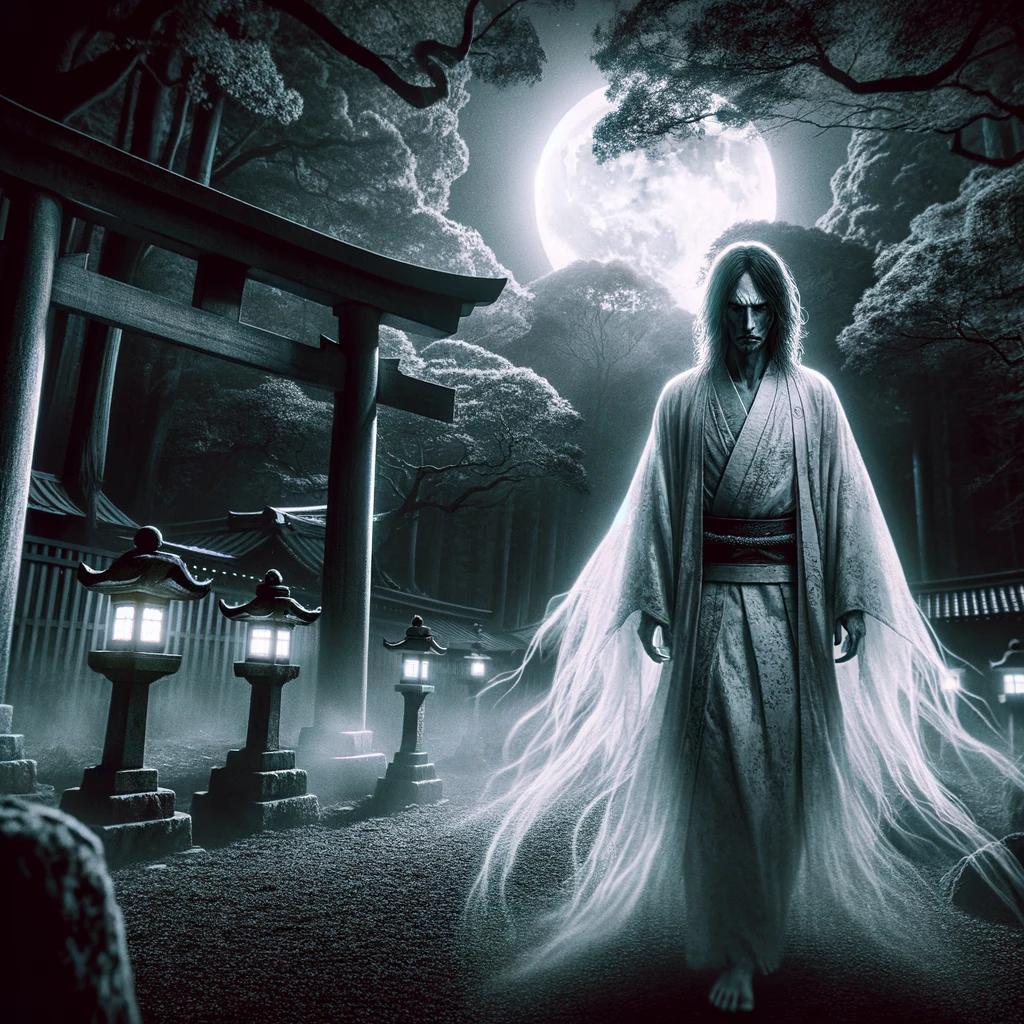
First, let’s take a look at what exactly vengeful spirits refer to. Vengeful spirits are ghosts with exceptionally strong grudges that they couldn’t resolve while alive, preventing them from finding peace. These spirits have an extraordinary sense of revenge for the injustices they suffered in life. As a result, unable to move on, they become vengeful spirits, haunting people or causing disasters in the areas where people live. These disasters often included famines, floods, earthquakes, and lightning. Because of the significant harm they caused to people, they were considered the most dangerous of all ghosts and were greatly feared for the potential harm they could cause if they haunted someone.
The curses of vengeful spirits were so terrifying that people would enshrine them as deities to calm their anger. Among them, the most feared were Sugawara no Michizane, Taira no Masakado, and Emperor Sutoku. They are known as Japan’s three greatest vengeful spirits. After their tragic deaths, numerous unfortunate events and natural disasters occurred, leading people to enshrine them in shrines. What exactly led to them being known as Japan’s three greatest vengeful spirits?
Japan’s Three Greatest Vengeful Spirits
Now, let’s introduce Japan’s three greatest vengeful spirits. Why did Sugawara no Michizane, Taira no Masakado, and Emperor Sutoku come to be known as Japan’s three greatest vengeful spirits? Let’s look into their backgrounds.
Sugawara no Michizane
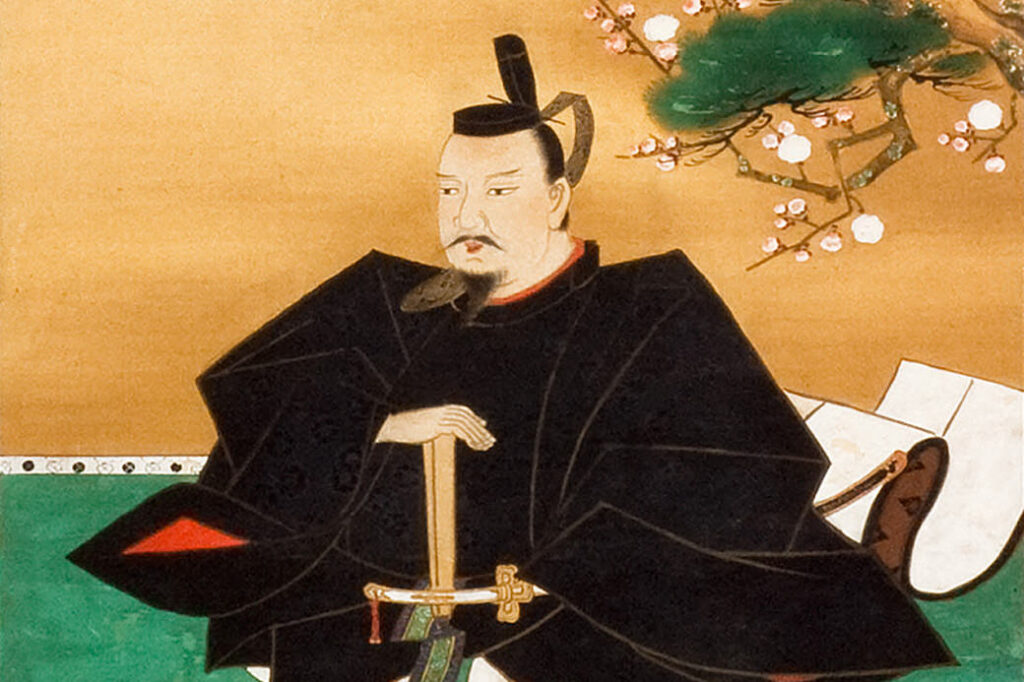
Sugawara no Michizane, known as the god of scholarship, was recognized as a prodigy from a young age, excelling in academics and poetry. As a politician, he not only rose through the ranks at an exceptional speed but also distinguished himself as an outstanding scholar and Sinologist. However, in any society, there are always those who envy exceptionally talented individuals. People began to feel jealous of Sugawara no Michizane’s abundant talents, and some even plotted to bring him down from his position.
Amid such circumstances, Michizane lost a power struggle at the imperial court and was demoted to Dazaifu in Kyushu in 901 by his political rival, Fujiwara no Tokihira. Tokihira falsely accused Michizane of plotting to overthrow the emperor, leading to his demotion. Despite Michizane’s protests and dissatisfaction, his pleas were ignored, and he was exiled, eventually dying in Dazaifu in 902.
The curses began soon after his death. In Kyoto, numerous ominous events occurred following Michizane’s death, particularly the sudden deaths of his political rival Tokihira, Emperor Daigo who ordered his exile, and the crown prince. These events were seen as Michizane’s vengeful spirit exacting its revenge, believed to be driven by the strong grudges from his unfortunate life and untimely death.
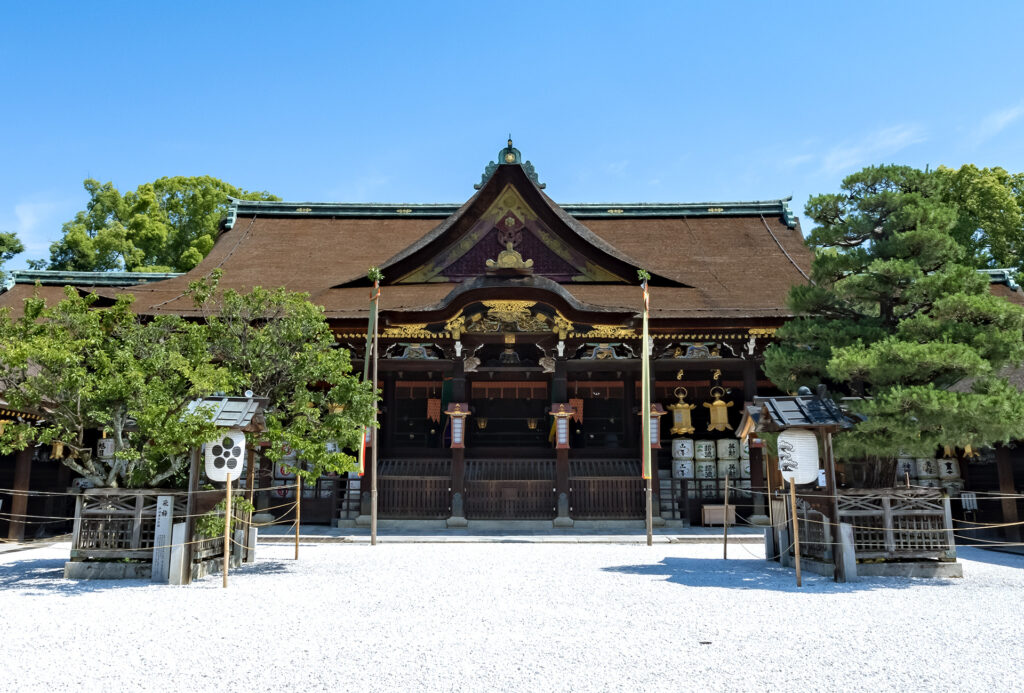
Moreover, Michizane’s vengeful spirit also brought about natural disasters. There was even a lightning strike on the Seiryoden within the imperial palace in Kyoto. The sudden and ominous deaths of Michizane’s political enemies and the lightning strike on the imperial palace convinced people of the reality of his curse. Despite posthumously awarding Michizane the ranks of Daijō-daijin (Prime Minister) and Sadaijin (Minister of the Left) to appease his spirit, the curses did not cease. Consequently, Kitano Tenmangu Shrine was built to enshrine Michizane as a deity in an effort to quell his anger.
Taira no Masakado

Taira no Masakado (date of birth unknown – 940) was a noble and military commander based in the Kanto region. He gained power in an area where the central government’s influence was relatively weak during the Heian period, expanding his own influence. In this process, Masakado deepened alliances with local influential families, solidifying his power base.
In 939, Masakado declared himself the “New Emperor” and announced the establishment of a new state, leading a rebellion. This event, known as the “Rebellion of Taira no Masakado,” posed a significant threat to the imperial court. In 940, Masakado was defeated by Taira no Sadamori and Fujiwara no Hidesato. Although the rebellion was a significant event that shook the centralized power of the court and foreshadowed the future rule of samurai governments, Taira no Masakado became famous as a vengeful spirit after his death.
After Masakado was beheaded, his head was publicly displayed in Kyoto. Various strange phenomena were reported regarding his head; rumors circulated that his eyes did not close for months and that it ground its teeth at night. People feared these as signs of his lingering grudge. Additionally, it is said that Masakado’s head laughed at a poem recited by the poet Fujiwara no Sadaie and then decayed. Another legend states that Masakado’s head flew back to the Kanto region. According to the legend, his head, which had been displayed in Kyoto, flew to what is now Chiyoda Ward in Tokyo, where it finally fell to the ground, marking the location known as Masakado’s Mound (shown in the image below).
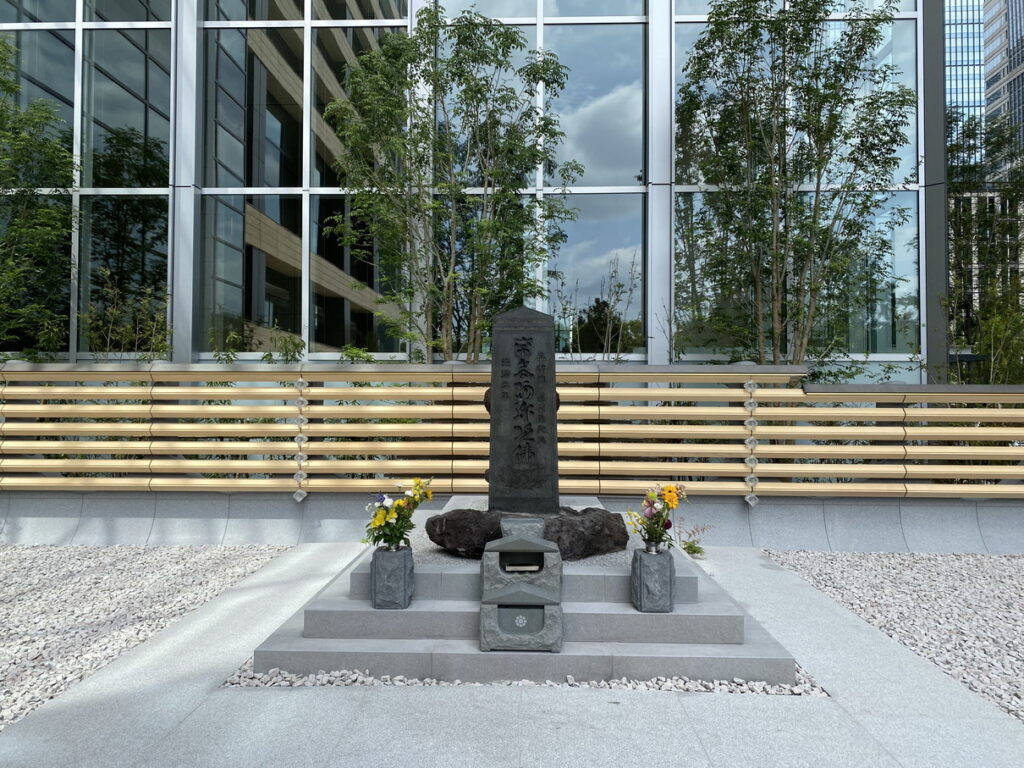
Numerous ominous events have occurred at Masakado’s Mound. Following the Great Kanto Earthquake, there were accidents involving the Ministry of Finance building and incidents during the construction of a GHQ parking lot, all considered to be influenced by Masakado’s vengeful spirit. Even today, mysterious occurrences are said to happen around his mound.
Emperor Sutoku
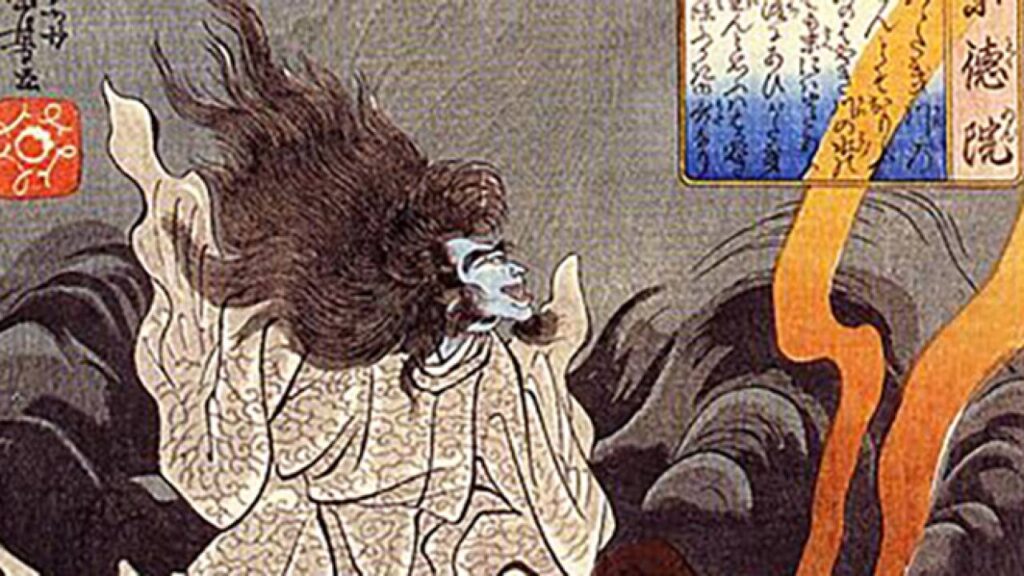
Emperor Sutoku was the son of Emperor Toba, the 74th emperor of Japan, and Empress Fujiwara no Tamako. Although he ascended to the throne, real power was held by Retired Emperors Shirakawa and Toba, leaving Emperor Sutoku with no authority. Dissatisfied with this situation, Emperor Sutoku instigated the Hōgen Rebellion over the control of the court but was defeated. After his defeat, Emperor Sutoku was exiled from Kyoto to the province of Sanuki. It is said that he was treated like a prisoner in Sanuki. He longed to return to Kyoto, but his wish was never granted. In despair, he declared, “I will sever all ties with the human world and become the king of the demon realm,” and lived a secluded life.
Emperor Go-Shirakawa, who had banished Emperor Sutoku from Kyoto, treated him entirely as a criminal and did not even mourn his death. However, the year following Emperor Sutoku’s death, strange occurrences began to happen. Emperor Go-Shirakawa’s son, Emperor Nijō, and the regent for the next emperor, Emperor Rokujō, both died. Subsequently, more of Emperor Go-Shirakawa’s close relatives passed away, which made people increasingly aware of Emperor Sutoku’s vengeful spirit. In Kyoto, a great fire known as “Taro Yaki” (the Great Fire of Angen) broke out, destroying a third of the city, including the Daigokuden. The following year, another fire, called “Jiro Yaki” (the Great Fire of Jisho), occurred.
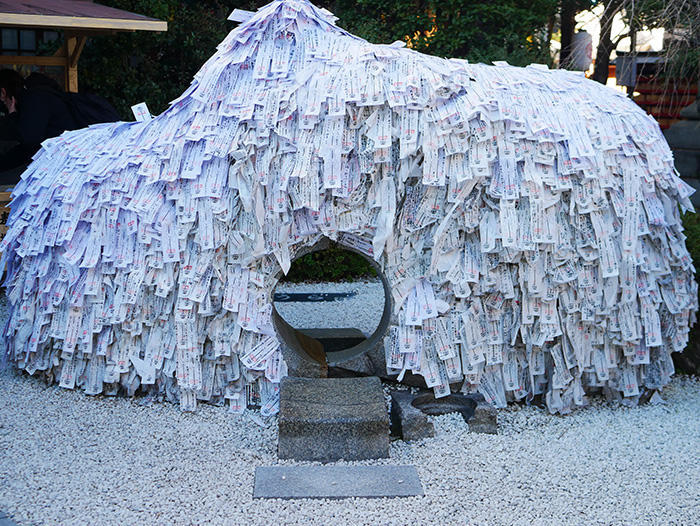
Fearing these events as his curses, people built the Yasui Konpiragu Shrine to appease his spirit, enshrining Emperor Sutoku as the main deity. However, the response was too late, and curses continued to occur periodically, solidifying Emperor Sutoku’s image as a vengeful spirit.
If you want to learn more about Emperor Sutoku and Yasui Konpiragu Shrine, please read this article.
Summary
What did you think? This time, we introduced Japan’s three greatest vengeful spirits: Sugawara no Michizane, Taira no Masakado, and Emperor Sutoku. Although their reasons differ, each became a vengeful spirit due to the injustices they faced in life, and people enshrined them as gods to quell their anger. Knowing this historical background, you can better appreciate the shrines associated with them, understanding the feelings of the people at the time. If you’re interested, please visit Kitano Tenmangu Shrine, Masakado’s Mound, and Yasui Konpiragu Shrine!
This site also introduces various other fascinating aspects of Japanese history and culture. If you are interested, please read our other articles!



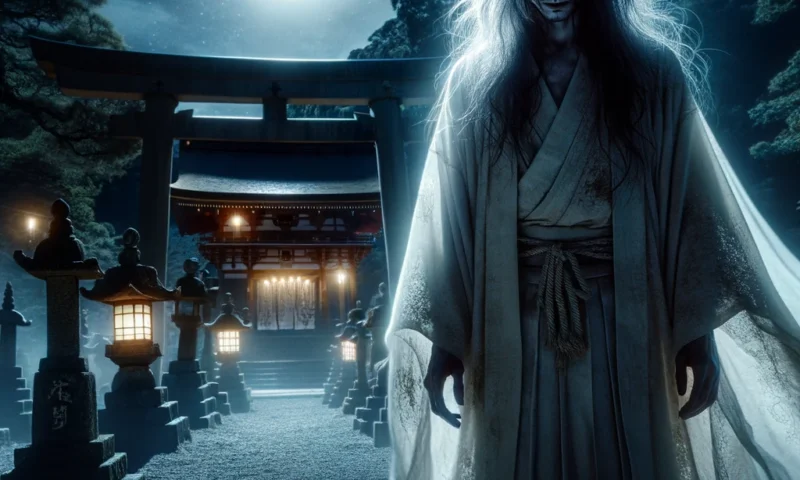
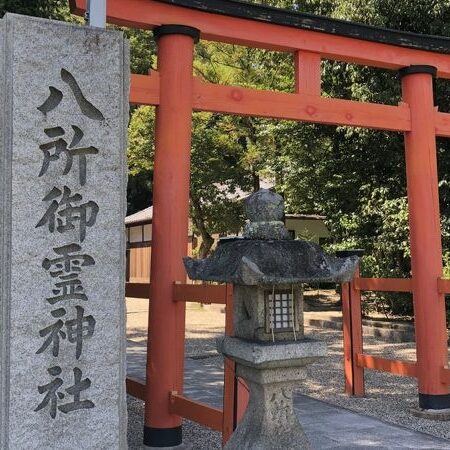
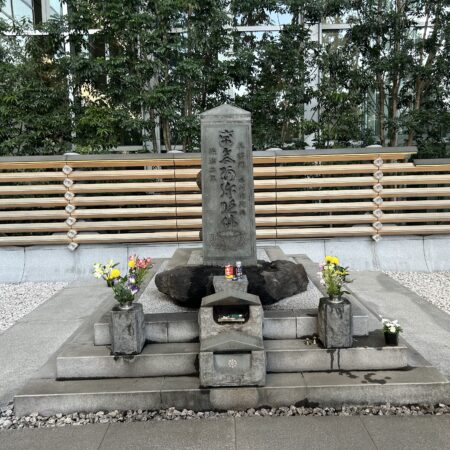


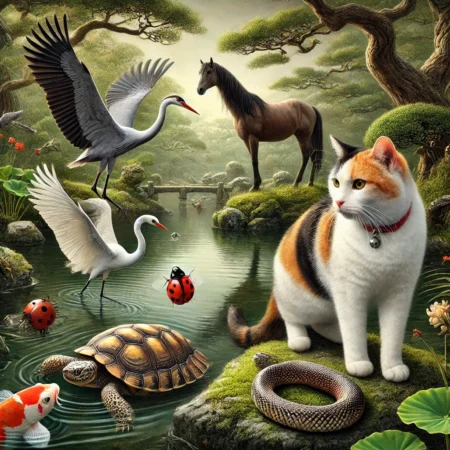
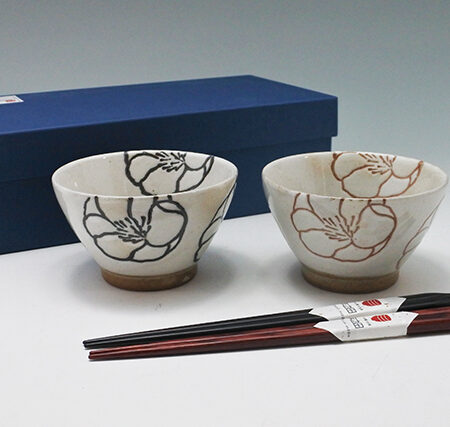
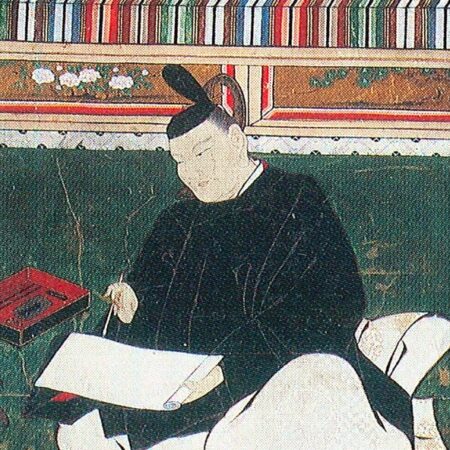
コメント